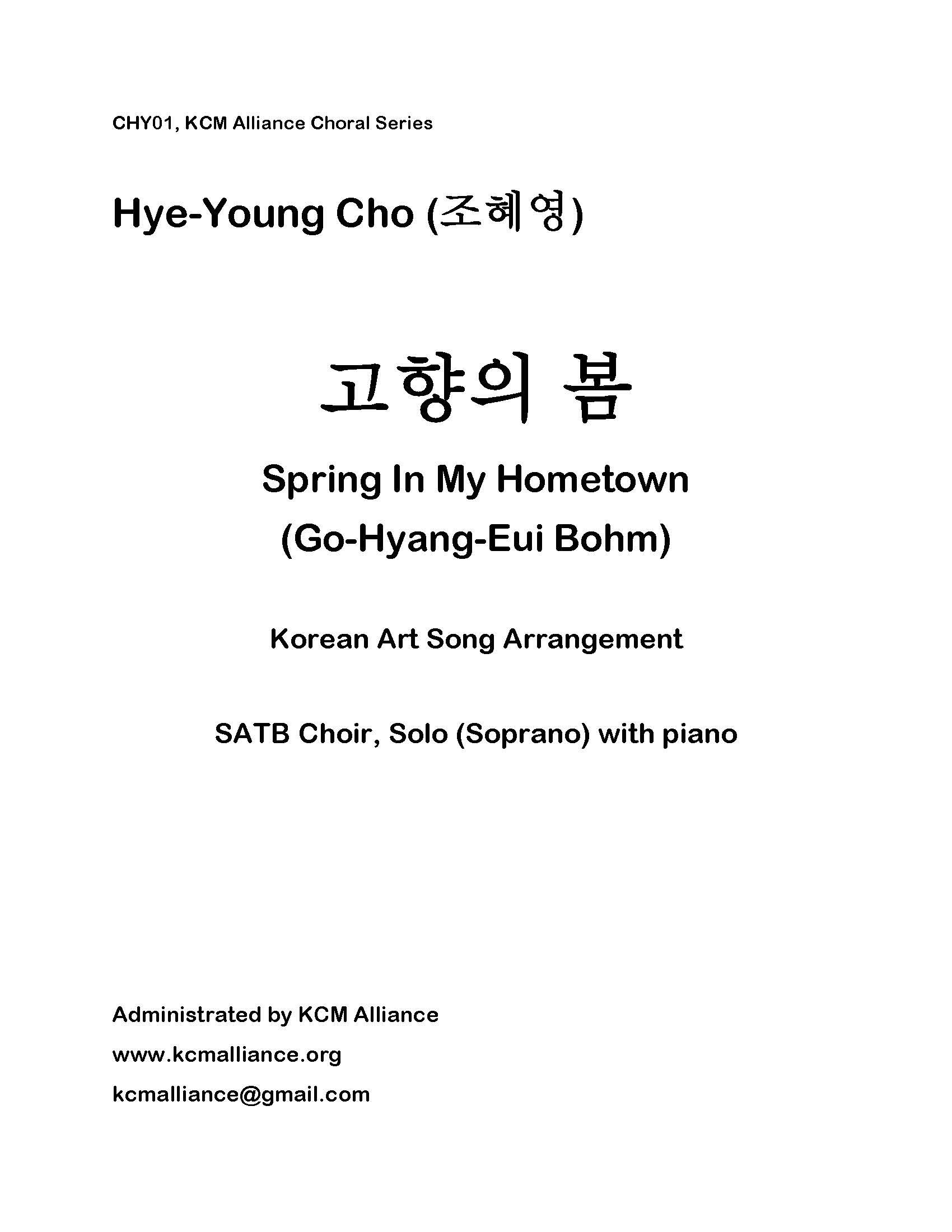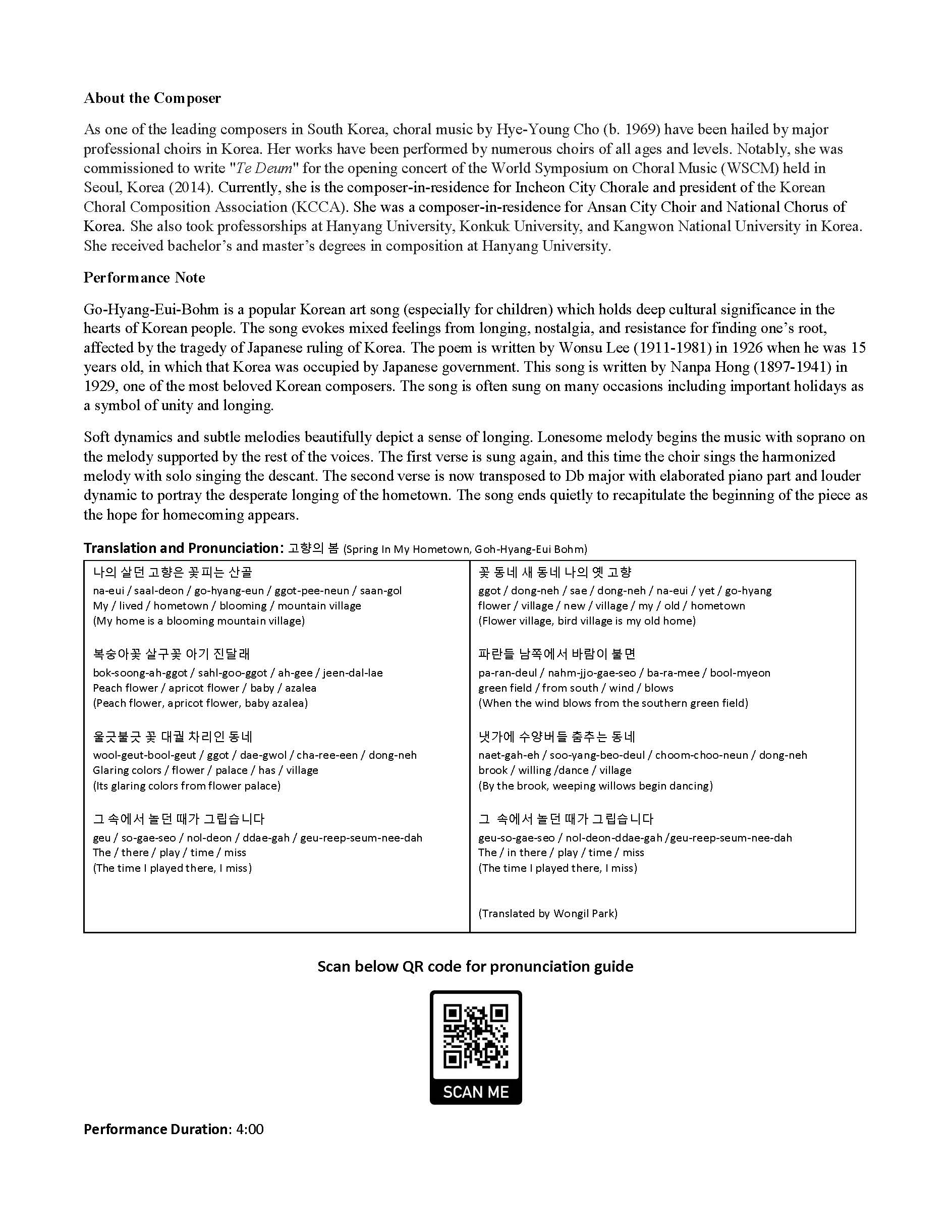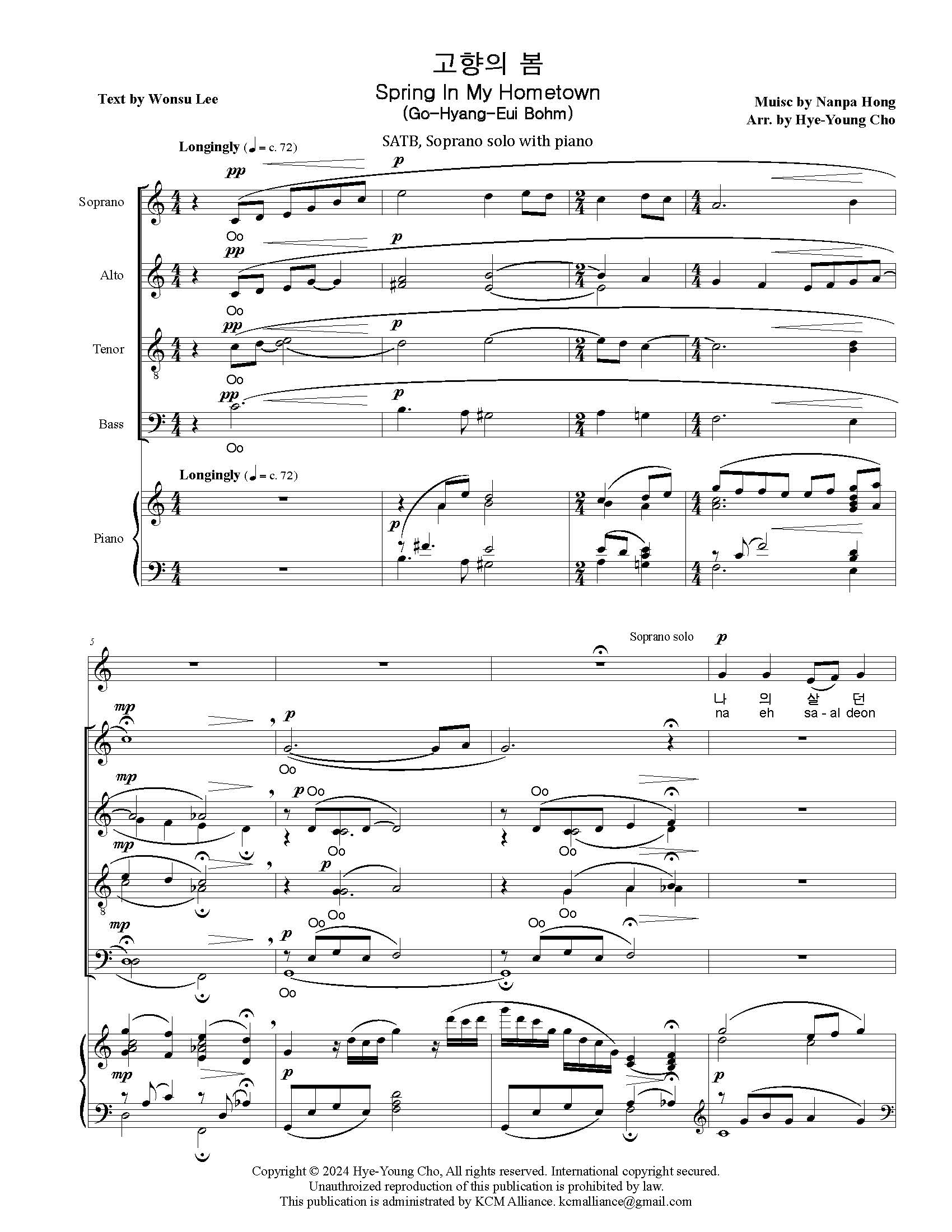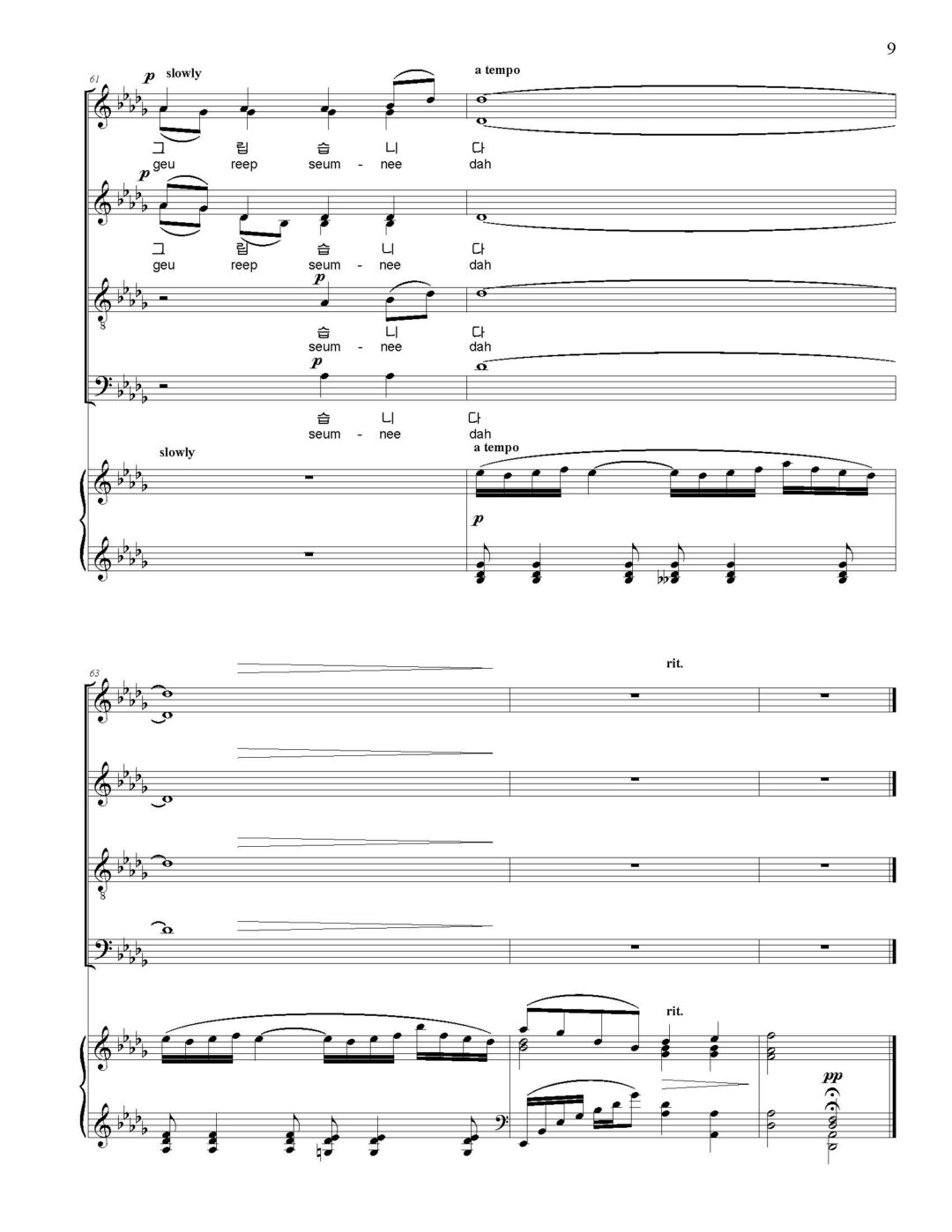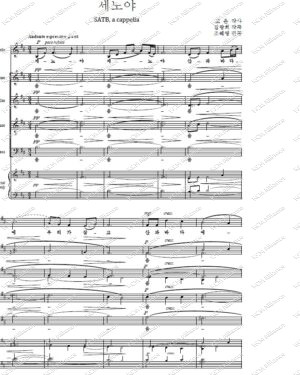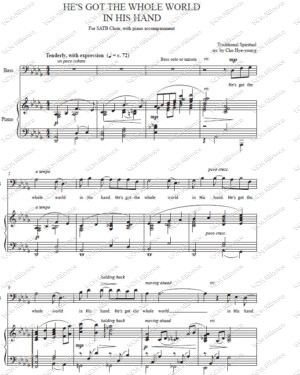Description
Go-Hyang-Eui-Bohm is a popular Korean art song (especially for children) which holds deep cultural significance in the hearts of Korean people. The song evokes mixed feelings from longing, nostalgia, and resistance for finding one’s root, affected by the tragedy of Japanese ruling of Korea. The poem is written by Wonsu Lee (1911-1981) in 1926 when he was 15years old, in which that Korea was occupied by Japanese government. This song is written by Nanpa Hong (1897-1941) in 1929, one of the most beloved Korean composers. The song is often sung on many occasions including important holidays as a symbol of unity and longing.
Soft dynamics and subtle melodies beautifully depict a sense of longing. Lonesome melody begins the music with soprano on the melody supported by the rest of the voices. The first verse is sung again, and this time the choir sings the harmonized melody with solo singing the descant. The second verse is now transposed to Db major with elaborated piano part and louder dynamic to portray the desperate longing of the hometown. The song ends quietly to recapitulate the beginning of the piece as the hope for homecoming appears.

